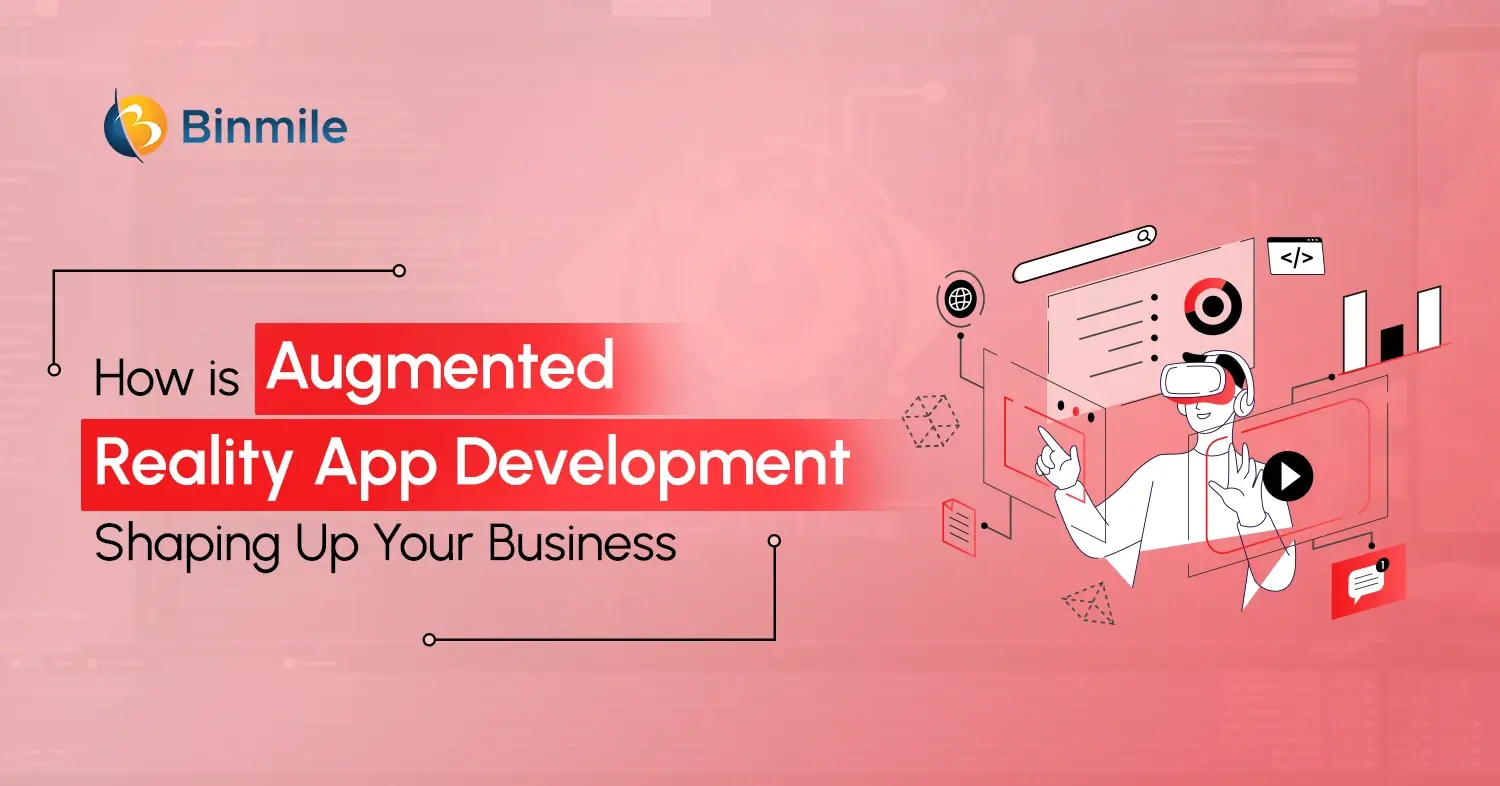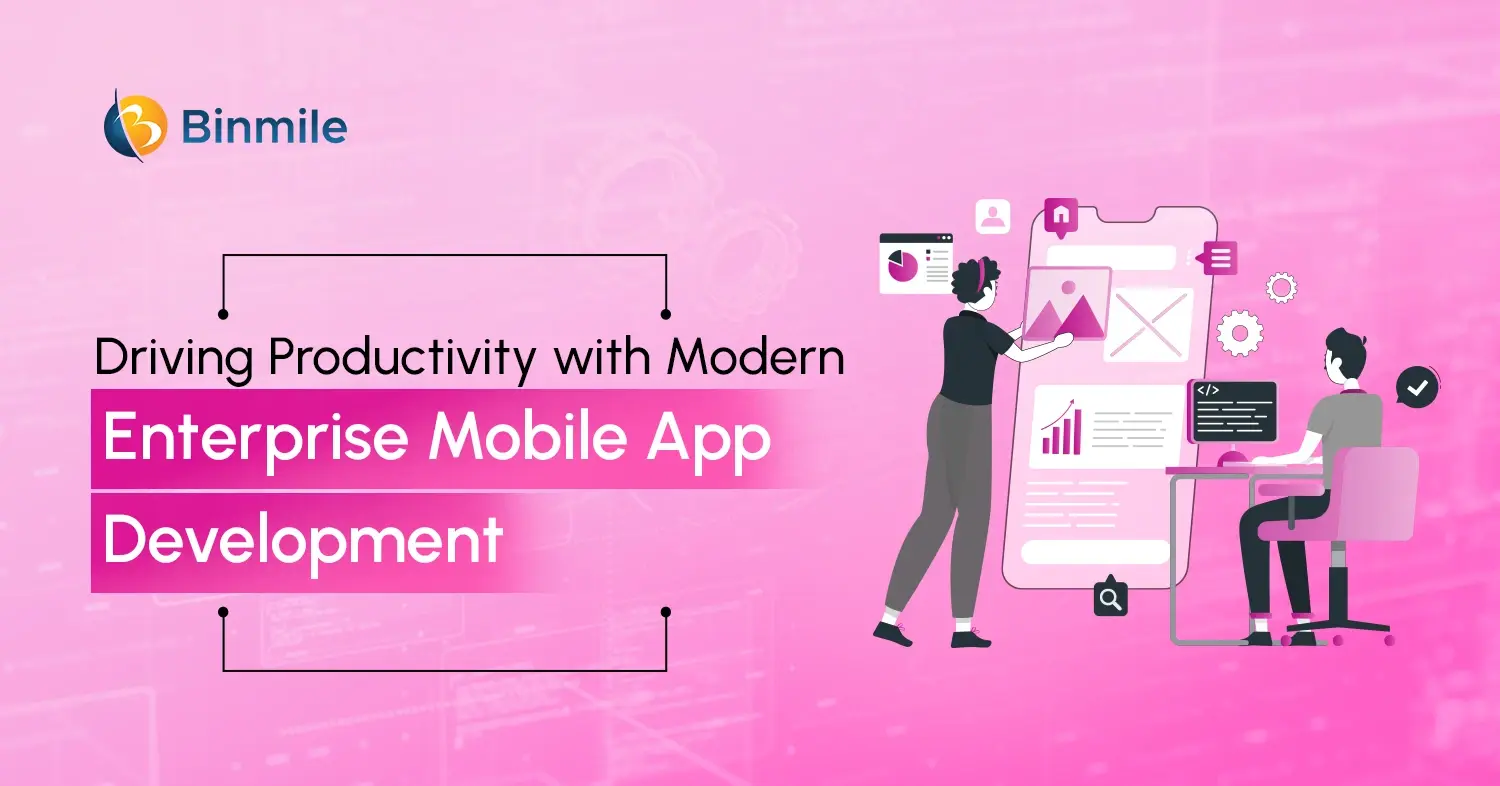Over-the-top (OTT) media services are quickly becoming the go-to choice for consumers who want to access content on their terms. As a result, OTT services are changing how people watch television, listen to music, and consume other forms of media. With its rapid emergence, the AI used in social media, especially OTT services, is becoming increasingly sophisticated and personalized. Besides, the revenue generated by OTT is projected to grow to over 242 billion globally by 2028.
This article will introduce the OTT market and the latest AI-based technology transforming the media industry. We’ll also look at AI-powered OTT services’ benefits, challenges, and opportunities they offer media companies. Finally, we’ll explore some of the most exciting AI-based OTT services and products available today.
Uncovering the Interplay Between AI and OTT Platforms
Artificial intelligence (AI) is an umbrella term referring to the ability of machines and computer systems to perform tasks that generally demand human intelligence and intervention, such as visual perception, decision-making, interpretation and translation, and speech recognition.
On the other hand, Over-the-top (OTT) is a term used to describe the delivery of content such as audio, video, and other media over the internet, without the need for a subscription to a traditional cable or satellite TV provider.
The correlation between these two things is clear as OTT increasingly depends on AI-based technology for content delivery, personalized recommendations, and video streaming. AI enables OTT providers to deliver customized content and services to their customers, as well as to understand their preferences and target them with relevant content. Moreover, you can use AI to automate content delivery processes and optimize streaming quality and cost savings.
Popular AI-Based Trends in OTT Technology
With the increasing demand for streaming services, AI-based OTT trends will become more prevalent, and companies that adopt them early could gain a competitive advantage. These factors decide how OTT platforms benefit from using AI.
1. Video Delivery
AI-powered video delivery technology allows media providers to deliver high-quality video with minimal latency. This technology can help create personalized streaming experiences for viewers by providing dynamic ad insertion and content recommendations.
2. Securing Content
Media producers and creators can leverage Blockchain technology to secure media content published on OTT platforms through enhanced transparency, regulating how media is consumed and shared. Blockchain-led protection can lead to reduced instances of piracy and potential copyright infringement.
3. Content Personalization
These top trending technologies allow media providers to tailor content to individual viewers. This technology can build customized experiences for viewers, such as providing personalized notifications and content recommendations just the same.
4. Quality Control
Quality control through top trending technologies uses AI to analyze video streams and detect issues, such as buffering, latency, or poor audio. It helps ensure that viewers have a smooth streaming experience.
5. Metadata Generation
Metadata generation features use AI-based technology to analyze video content and automatically generate descriptive metadata. As a result, it helps media providers generate descriptive tags for their content quickly and accurately, enabling viewers to find relevant content more easily.
6. Insights Generation
This technology uses AI to analyze data from viewers’ interactions with content, such as likes, comments, and shares. It also helps media providers better understand their viewers’ preferences and interests, enabling them to create more engaging content.
7. Targeting
AI-based OTT innovations are transforming the media industry by allowing companies to target specific audiences with tailored content optimized for the maximum impact of Artificial Intelligence. One can use machine learning algorithms that analyze user behavior and demographic data to identify the most relevant content for each viewer. It can also create personalized viewing experiences, allowing media companies to understand their audiences and develop more powerful marketing strategies.
8. Ad Management
AI-based OTT innovations are also helping media companies to manage their ad campaigns more effectively. By using machine learning algorithms, media companies can automate the optimization of ad campaigns to ensure maximum ROI. You can determine the best placement for ads, the most effective ad formats, and the most relevant and engaging content for each audience.
9. A/B testing
AI helps media companies to optimize content and ad campaigns through A/B automated testing. By using machine learning algorithms, media companies can quickly and accurately test different variations of content and ads to determine which ones are most effective in reaching their target audience. It helps media companies to rapidly improve their content and ad campaigns, resulting in higher conversions and more significant ROI.

Using AI to Explore New Opportunities in OTT Application Development
AI can be beneficial in enabling different trends. But what about various industries? To know more, keep reading below. A report by Statista claims that AI platforms grew by approximately 30 percent in 2019, with Microsoft and IBM holding significant stakes.
1. Content Recommendation
AI can be used to personalize the content recommendation process. It can use natural language processing (NLP) algorithms to analyze user preferences, watch histories, and other data to suggest the right content to individual users.
2. Monetization
AI can identify the ideal pricing for content and predict user behaviors to maximize revenues. It can also specify the most influential media buying strategies and optimize ad placements.
3. User Engagement
AI can monitor user engagement and analyze user behavior to identify areas of improvement. Simultaneously, you can also use it to personalize and automate user communications and notifications.
4. Content Creation and Production
AI can automate content creation and generate personalized content for users. As a result, it can also be used to analyze user behavior and preferences to optimize production costs.
5. Security and Privacy
AI can easily detect and prevent fraud, unauthorized access, and malicious activity. You can also monitor user activity to protect user data and privacy.
Also Read: Top AI-Powered Test Automation Tools
Artificial Intelligence: Impact on the Media Industry
The media industry is undergoing a significant transformation due to the emergence of AI-based OTT trends. These are the factors on which AI relies to transform the industry.
- AI-based OTT trends have profoundly affected the media industry. OTT services such as Netflix, Amazon Prime Video, and Hulu use AI to create personalized content experiences for viewers.
- These trends have enabled broadcasters and content creators to understand their target audiences better, resulting in more tailored and effective campaigns. AI has also enabled media companies to track and analyze data from viewers, allowing them to optimize their content delivery and discover new revenue opportunities.
- OTT trends have also enabled media companies to develop more accurate and practical algorithms for predicting viewer behavior. Consequently, this has enabled media companies to target their campaigns and deliver more tailored and engaging content experiences.
- AI has also enabled media companies to manage their content libraries, finding and delivering desired content easier. It has helped media companies reduce costs associated with content delivery and improve their delivery speeds.
- The most significant impact of AI-based OTT trends has been seen in improving user experience. Now, OTT services can recognize user preferences and deliver more personalized content experiences.
Exploring the Impact of Artificial Intelligence to Overcome OTT Challenges
While OTT has its highs, it also comes with its problems which can find easy solutions in AI. Let’s look at some of the challenges confronted by OTT and how AI helps overcome these.
1. High Consumer Acquisition and Retention Cost
Traditional OTT platforms rely heavily on expensive marketing campaigns to acquire and retain customers. AI can help reduce these costs by providing better consumer understanding and segmentation, allowing for more targeted marketing campaigns.
2. Lack of Personalization
OTT platforms often lack personalization –users may not receive content tailored to their interests. AI can provide a more personalized experience by analyzing user data and providing personalized recommendations for content.
3. Security Lagging
AI can be used to identify and block malicious activities like hacking and piracy on an OTT platform. You can also use it to detect fraudulent activities, like account sharing, to ensure that content is not accessed without proper authorization.
4. Limited Customer Insights
OTT platforms have limited insights into customer behavior, making it difficult to understand their needs better. AI can help by providing detailed customer insights, allowing for more informed decisions regarding content creation, marketing, and pricing.
5. Managing and Monetizing Content
With more and more OTT content being consumed, providers need help managing their content effectively and monetizing it to make profits. In this regard, AI can analyze past viewership data, identify popular content, and help curate and recommend it to viewers.
Conclusion
The media industry’s future is undoubtedly exciting, as AI-based OTT innovations can quickly revolutionize media consumption. Through AI-powered recommendations, personalized content, and intuitive user experience, OTT services are poised to transform how we interact with our media. By allowing us to access the content we want, when and where we want it, AI-based OTT services are set to take the industry to a whole new level.
Additionally, AI-based technology can enhance content delivery, such as streaming and encoding, leading to faster delivery times and improved user experiences. AI-based OTT trends can improve the media industry by better understanding consumer preferences and behaviors to automate content production, leading to improved content delivery and better user experiences.
Binmile has been providing services for application development for some time now. The company has been awarded as best application development company. You can easily find where your platform stands while, at the same time, also expanding on your brand awareness and anticipating cut-throat results when it comes to app development. If you’re looking for assistance on top trending technologies, Binmile is your one-stop destination. Take advantage of Binmile’s OTT App development services today!
Frequently Asked Questions
OTT development involves creating platforms and applications for streaming content over the internet. This includes designing user interfaces, integrating CDNs, securing content with DRM (Digital Rights Management), and developing backend systems for content delivery and monetization.
- Generative AI for Content Creation: AI-powered tools are increasingly used to generate content, automate subtitling, and create personalized trailers, enhancing user engagement.
- Hyper-Personalization with Machine Learning: Advanced machine learning algorithms provide highly personalized content recommendations, improving viewer retention and satisfaction.
- Ad-Supported Streaming with Targeted Ads: Growth in ad-supported platforms, with AI-driven, hyper-targeted ads that cater to viewer interests, boosting ad revenue.
- Immersive Experiences with AR/VR: Integration of augmented reality (AR) and virtual reality (VR) for interactive content, especially in sports, concerts, and live events.
- 5G and Edge Computing for Enhanced Streaming: Leveraging 5G networks and edge computing to deliver ultra-low latency streaming, ensuring a seamless experience even in high-definition and 4K content.
- Blockchain for Secure Content Distribution: Use of blockchain technology to ensure secure content delivery, protect intellectual property, and prevent piracy.
- Interactive and Social Viewing Features: Growth in features like watch parties, live chats, and social interactions within OTT platforms to increase community engagement.
- Cloud-Native OTT Solutions: Adoption of cloud-native infrastructures to optimize scalability, speed up content delivery, and reduce operational costs.
- IoT Integration for Smart Devices: Seamless streaming on IoT-enabled devices, enhancing the connected home experience through smart TVs, speakers, and other gadgets.
- Sustainability in Streaming: Green streaming initiatives, optimizing data centers and CDN operations to reduce the carbon footprint of OTT services.
AI enhances OTT platforms by optimizing content recommendations, predicting user behavior, and improving ad targeting. It also supports automated content tagging, efficient encoding, and personalization, leading to increased viewer satisfaction and higher retention rates.
By leveraging AI to analyze user behavior and preferences, OTT platforms can deliver highly personalized content, improving user satisfaction and reducing churn rates. Additionally, optimized ad placements and reduced buffering contribute to a seamless viewing experience.










